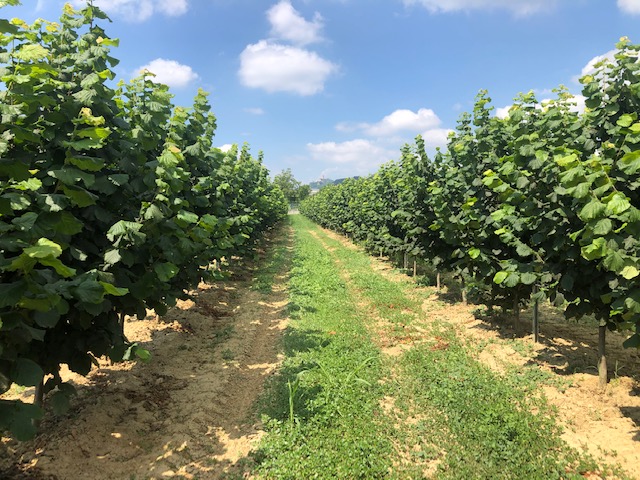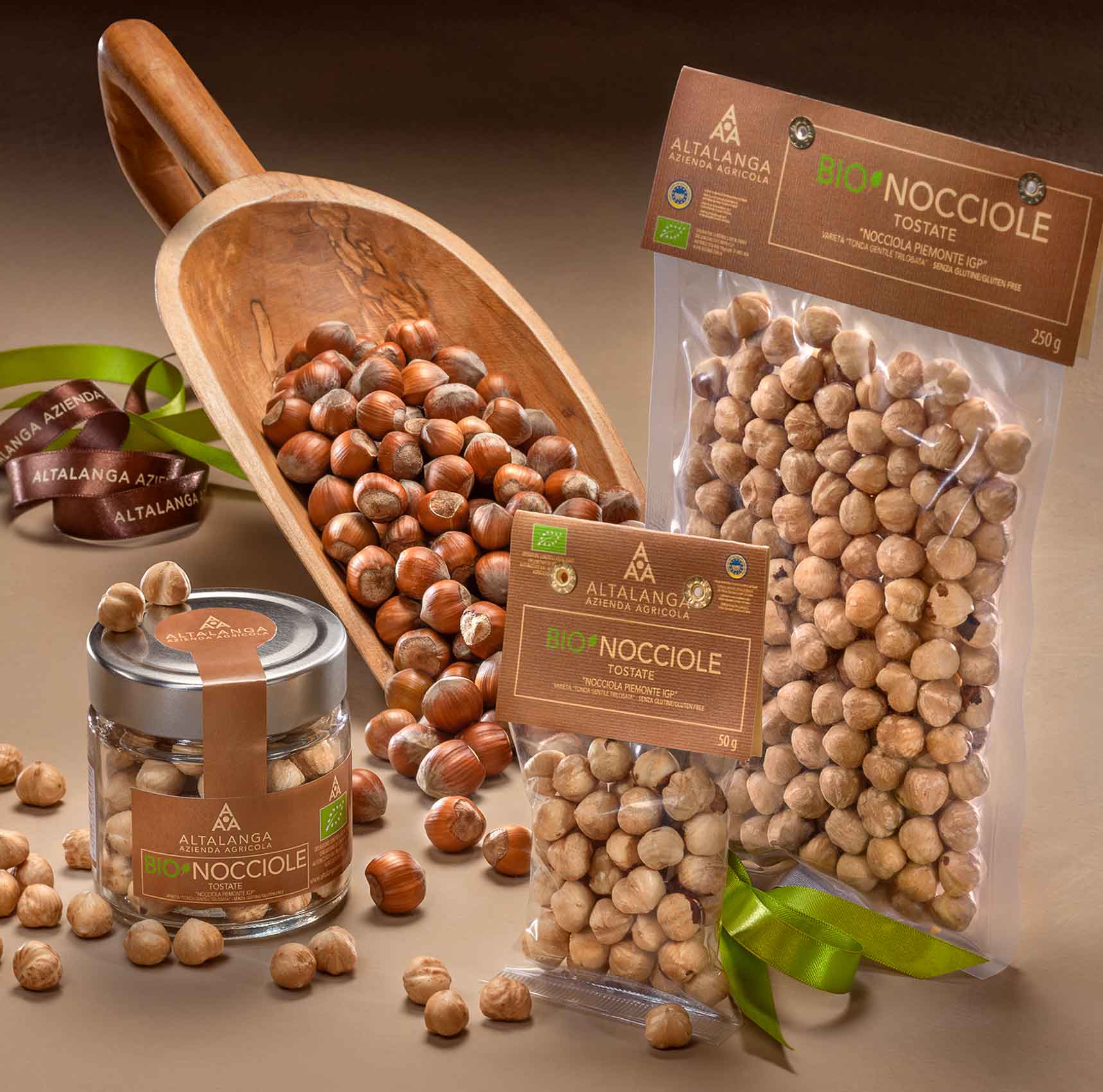The hazelnut in history
Its origins are very ancient and its spread has been traced back to the end of the last Ice Age, around 10,000 years ago.
Fossils found in Germany, Sweden and Denmark prove that the fruits of this shrub were part of the diet of primitive man when he did not yet know about its cultivation and ate berries/wild fruits among which was the hazelnut.
When did man discover the cultivation of the hazelnut plant?
The hazelnut plant was one of the first fruit plants cultivated by man .
Native to Mesopotamia, it spread throughout Europe, especially frequent in the Mediterranean and Balkan areas. For its fruit with a high fat content, the hazelnut plant was valued by both Greeks and Romans and was considered to have special and magical qualities.
Wands of magicians were made from its wood and one of the many legends about it states that this fruit tree cannot be struck by lightning. Legend has it that this was due to the gratitude of the Virgin Mary who was protected by a hazel tree during a heavy storm.
Nowadays, it is used, especially the wild species, in wood-burning ovens because of its characteristic to quickly form long-lasting embers without causing smoke and crackling. Professional pizza makers know this well.
When did the intensive cultivation of stone fruit begin?

According to some research, it seems that hazelnut cultivation was already present in Italy in Roman times. At the beginning of the 20th century, it was introduced in the Alta Langa, in order to give profitability to marginal lands: in the 1960s-70s, thanks to the discovery of the hazelnut’s excellent quality characteristics by the confectionery industry, in particular Ferrero of Alba, a development of the cultivation began in the entire Langa area in Piedmont. Worldwide, intensive hazelnut cultivation is localised in 4 main areas: the most important is located along the southern coast of the Black Sea, the second in Italy, the third in Spain, and the fourth is located in the western part of North America. In recent years, worldwide demand for the product has stimulated development attempts in different parts of the world: Chile, Argentina, Brazil, South Africa, Romania, Australia, Macedonia, Bulgaria, France, the former Soviet Union and Ukraine. The best results have been obtained in Chile and Romania, where it is a particularly suitable area. In Italy, the spread is taking place over almost the entire national territory, occupying marginal or cereal-growing areas as a result of the good profitability offered. The most interesting varieties are the Tonda Gentile (syn. Tonda Gentile delle Langhe and/or Tonda Gentile Trilobata), the Tonda di Giffoni, the Tonda Gentile romana, the Camponica, the Mortarella, the Nocciola di San Giovanni, distributed according to the characteristics of the individual varieties and adaptability.
Curiosity about the hazelnut
When and why did the use of hazelnuts in confectionery begin?
Chocolate production in Piedmont began in the mid-16th century by confectioners from Turin, when Emanuele Filiberto of Savoy brought the first cocoa beans to Piedmont. The first proper chocolate was created in 1826 by the entrepreneur Paul Caffarel, owner of a confectionery industry in Turin. The mixture invented by the confectioner was composed of cocoa, sugar and vanilla. Following the embargo imposed by Napoleon Bonaparte, with the continental blockade that prevented English ships from docking in French-controlled territories for about 10 years, the lack of cocoa and consequently the prohibitive costs led to an attempt to use a low-cost local product to replace cocoa: this product was the Tonda Gentile delle Langhe hazelnut. This product was the hazelnut Tonda Gentile of the Langhe. It was thus discovered by chance that the product obtained by replacing a part of the cocoa with hazelnuts possessed excellent, unique and decidedly superior characteristics. Hence the birth of gianduiotto with its characteristic shape reminiscent of an upside-down boat, which took the name of the Turin mask Gianduia, which was presented to the public at the 1865 carnival.
Gianduiotto was thus the progenitor of the great pastry, based on the use of hazelnuts, which led to the extraordinary myriad of products we find on the market today.



Lorenzo Traversa
+39 3487128556
info@traversalorenzo.com
